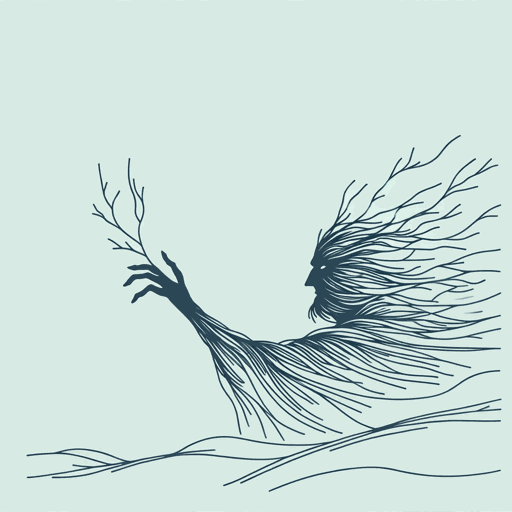57 pages • 1 hour read
J. R. R. TolkienThe Two Towers
Fiction | Novel | YA | Published in 1954A modern alternative to SparkNotes and CliffsNotes, SuperSummary offers high-quality Study Guides with detailed chapter summaries and analysis of major themes, characters, and more.
Symbols & Motifs
Light and Dark
Tolkien consistently uses the motif of light to represent good and darkness to represent evil, creating images of light appearing in the darkness to symbolize the power of hope. Light and dark imagery appear throughout The Two Towers, such as when Théoden’s restoration is accompanied by a ray of sunlight coming through the clouds and shining into his hall. Frodo and Sam’s journey into Mordor also particularly emphasizes light and darkness to convey the increasingly evil landscape they face and the small moments of hope that allow them to continue.
For example, when a Nazgûl flies over Frodo and Sam, the world around them is plunged into unnatural darkness. Sam’s Elvish rope manages to save Frodo from being trapped on a dangerous ledge, and Frodo’s description of that moment emphasizes how the light color of the rope conveys its goodness: “I could see nothing, nothing at all, until the grey rope came down. It seemed to shimmer somehow” (595).
Likewise, Galadriel’s phial provides Frodo with literal light in the darkest place he has ever been—Shelob’s lair. The light is not only literal but also represents hope:
[A]s he stood, darkness about him and a blackness of despair and anger in his heart, it seemed to him that he saw a light: a light in his mind, almost unbearably bright at first, as a sun-ray to the eyes of one long hidden in a windowless pit (703-04, emphasis added).
Related Titles
By J. R. R. Tolkien

Farmer Giles of Ham
J. R. R. Tolkien

Leaf by Niggle
J. R. R. Tolkien
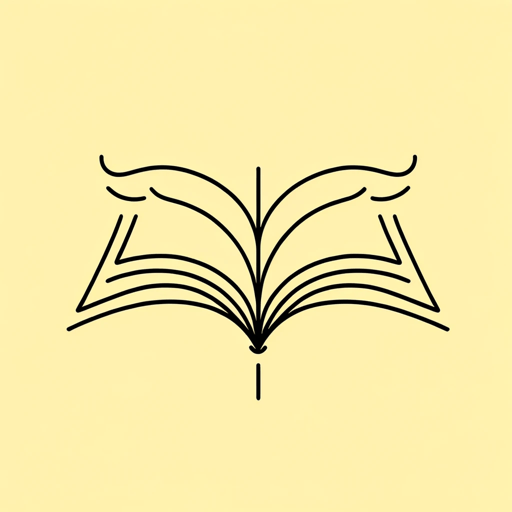
On Fairy-Stories
J. R. R. Tolkien
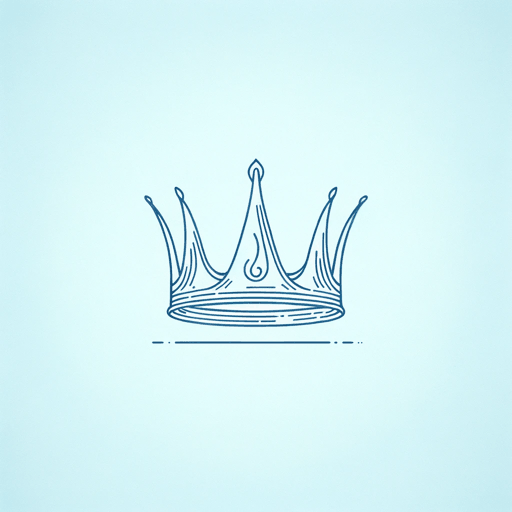
Return of the King
J. R. R. Tolkien
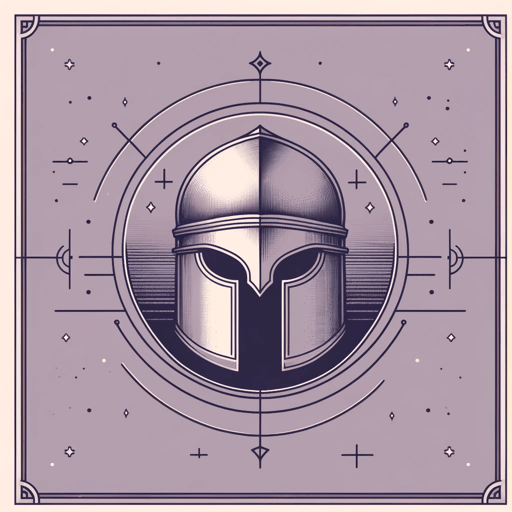
The Children of Húrin
J. R. R. Tolkien

The Fellowship of the Ring
J. R. R. Tolkien
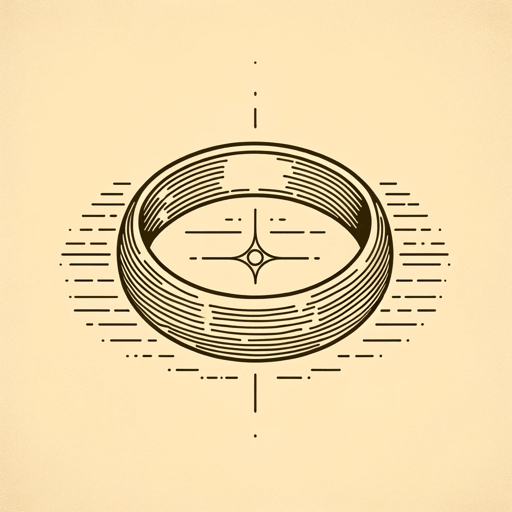
The Hobbit
J. R. R. Tolkien
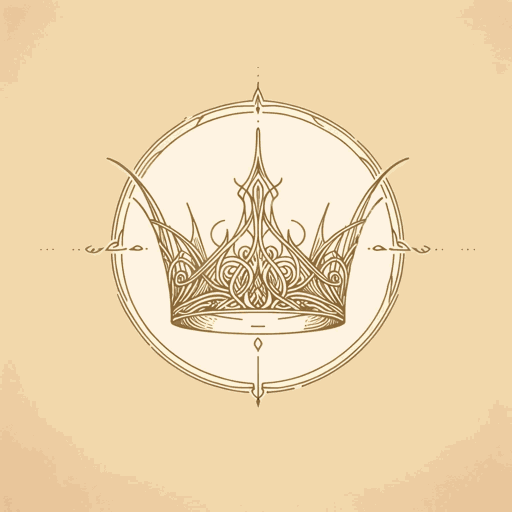
The Silmarillion
J. R. R. Tolkien
Featured Collections
Action & Adventure
View Collection
Appearance Versus Reality
View Collection
Fantasy
View Collection
Fantasy & Science Fiction Books (High...
View Collection
Friendship
View Collection
Good & Evil
View Collection
Required Reading Lists
View Collection
Science Fiction & Dystopian Fiction
View Collection
War
View Collection
